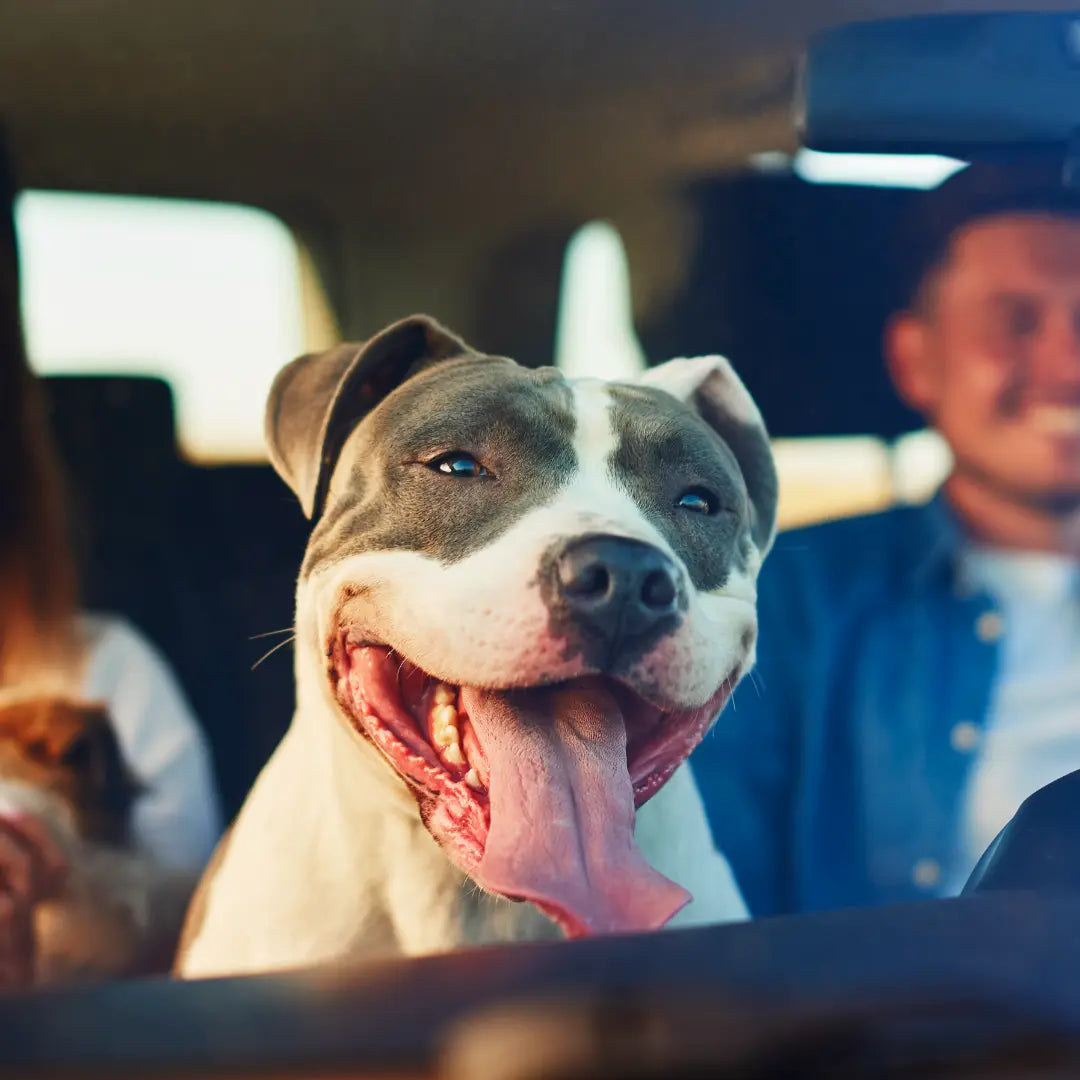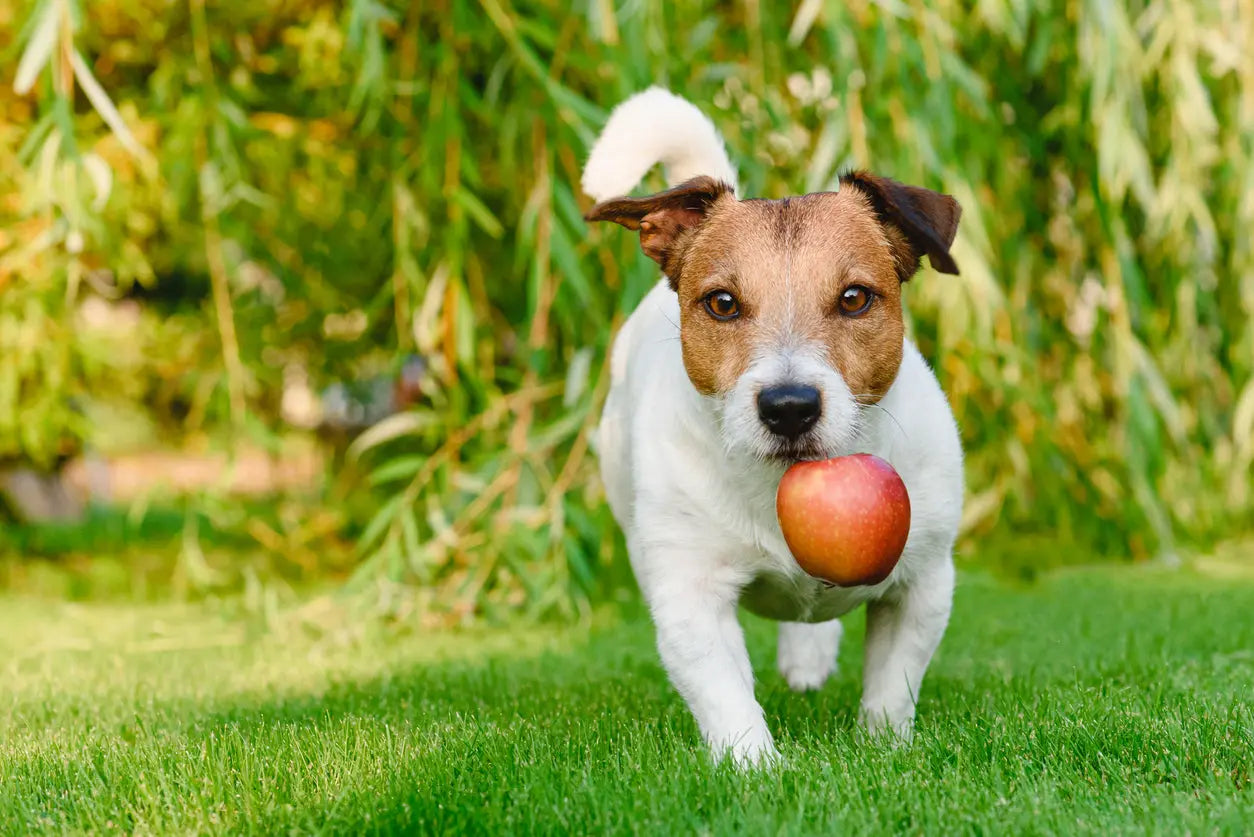You turn your back for one second, and your dog’s already licking something off the counter. Every pet parent knows the struggle. Most of the time with a quick scolding and a reminder not to leave food out, and you can both move on with your lives.
However, if what your dog ate was sugar-free, it could be dangerous. Many artificially sweetened foods, like gum, protein bars, and peanut butter, contain xylitol. It’s even in toothpastes. This common additive is harmless to humans, but it can be life-threatening to your furry friend. Knowing how to spot the warning signs of xylitol poisoning early gives your dog the best chance of survival should they ever ingest it.
What Is Xylitol and Why Is It Dangerous for Dogs?
Xylitol is a sugar substitute often used in low-calorie or diet products. You can find it in everything from candies and mints to baked goods, ketchup, ice cream, soda, and even baby wipes. Some vitamin supplements and medications also contain xylitol. In Europe, it appears on food labels as E967. In the U.S., it may be called by other names like birch sugar, wood sugar, or birch bark extract.
When dogs eat it, their pancreas releases a rush of insulin. This causes a sudden drop in blood sugar levels, known as hypoglycemia. If untreated, xylitol poisoning can lead to seizures, liver failure, or even death in as little as an hour.
Early Signs of Canine Xylitol Poisoning
Symptoms often appear quickly, within ten minutes. Other times, it can take up to an hour. Here’s what to watch out for:
-
Vomiting
-
Sudden weakness
-
Trouble standing or balancing
-
Trembling, shaking, or shivering
-
Confusion
-
Unsteady walking
-
Seizures or collapse
Even if your dog shows just a couple of these signs, you should treat it as an emergency.
What to Do If Your Dog Ate Something With Xylitol
The key is to stay calm but act fast, as xylitol poisoning progresses quickly. To start, call your veterinarian: If it’s after hours, go to your nearest emergency animal hospital. Tell them what your dog ate. Bring the wrapper or packaging if you still have it. If not, tell them the product name, how much they might have eaten, and when it happened.
Follow your vet’s instructions exactly. Don’t try to make your dog vomit unless your vet specifically tells you to. Remember, speed is important. The sooner you get help, the better the chances are of your dog making a full recovery.
Endnote
Xylitol is a perfectly safe treat for you, but never for your dog. When you live with an animal, it’s your responsibility to be careful about the products you bring into your home. Read labels, buy sensibly, and if you do keep foods containing xylitol in the house, always store them well out of reach. Despite precautions, accidents happen. If your dog eats something you’re unsure about, don’t wait; call your vet immediately. Acting quickly can save your pet’s life.



